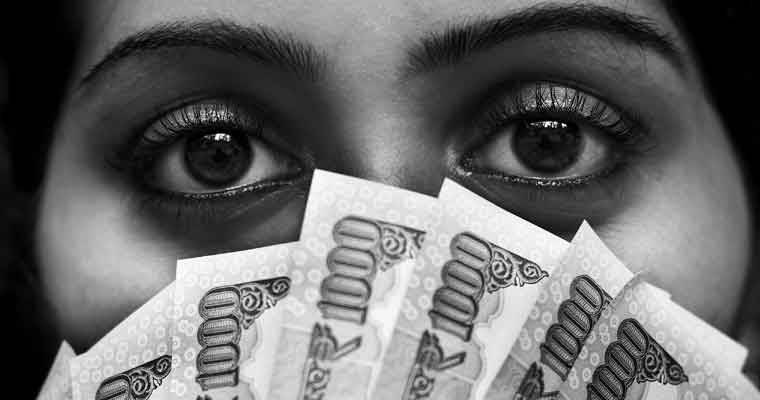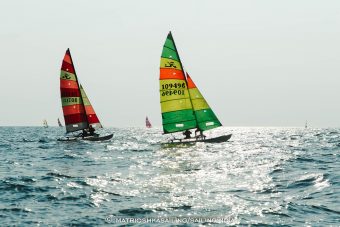What’s really happening to Goa’s economy after the mining ban?
You don’t need to be a hot-shot economist to understand that the ban on mining and iron ore exports have dealt a bloody blow to Goa’s economy.
Nearly a year since the ban, decease the state is still struggling to cope with the drying up of cash flows in the Goan marketplace.The domino effect is visible in almost every sphere of economic activity, stomach from the rickshaw driver to the banker.
“We used to be flush with cash this time of the year… This year, business has been poor for the first six months,” says Shankar Naik, a rickshaw driver who plies his trade in the capital city. Income has dived to less than half of what he earned last year and the preceding years, he says.
The scene is even worse for the bankers. Normally bullish about mobilising deposits, bankers are struggling to meet targets in Goa and top officials have admitted that deposits have dropped by up to 11 per-cent.
Between 2008 and 2011, Goa’s Gross State Domestic Product grew by around 10 percent each year. The figure dropped to 8.94 percent for 2011-2012, and is expected to drop further to 5.9 percent in 2012-2013, according to ‘quick estimates’ of the Economic Survey document of the Goa government’s Department of Planning and Statistics.
“The decline in growth rate can be attributed to the mining industry,” says the Economic Survey for 2012-13.
None of this is good Stories for a state that’s grown accustomed to superb growth rates, and the writing is on the wall. Goa needs to proactively invite new, employment-generating investment, says mining magnate and a recent investor in the hospitality industry, Nana Bandekar.
Bandekar, who recently took over the reins of the Goa Chamber of Commerce and Industry, told Streets that the mining ban is severely affecting the Goan economy.
“There’s no two ways about it. We must attract new investments. The government needs to pull up its socks and be responsive,” he said, adding that the Chamber is eager to partner with the government to get the economy back on track.
“More importantly, we must make sure that these new investments come along with ideas that create jobs that match local skill sets,” he said.
An official in the Planning and Statistics department said between one to 1.5 lakh people in Goa are either directly or indirectly involved in the mining sector.
“With so many incomes coming to a halt since the Supreme Court imposed ban, it’s bound to have an impact on the flow of cash into the general economy,” said the official, who asked that his name not be used because he’s not authorized to make public statements.
The contribution of the mining sector to the Gross State Domestic Product has fluctuated between 15 to 20 percent in the last four years, according to the Economic Survey. However, in the letter Chief Minister ManoharParrikar wrote to Prime Minister Manmohan Singh seeking an economic bailout, he cites the mining industry’s contribution as being up to 41 per cent.
Regardless of what happens with mining, few expect any quick turnaround.
“Even if the ban on mining is lifted, the industry is unlikely to see business volumes reach pre-ban levels for several years. It’s imperative that out-of-the-box ideas and investments are promoted,” said a mining magnate who also requested anonymity.
Interestingly, Goa’s Governor Bharat Vir Wanchoo sees the glass half full rather than half empty.
“Seize the situation post the mining ban as an opportunity,” he told Goa’s business leaders at a recent conclave. And the road to take, he said, is one of inclusive growth built on integrity and ethics.
“End the race exclusively dedicated to making quick and instant profits at all costs,” Wanchoo said, addressing the annual general meeting of the Industry, Trade and Commerce Chamber.
It’s not all gloomy, to be sure.
A handful of sectors, especially construction and real estate, continues to be buoyant. The tourism industry, including the new kid on Goa’s economic block Casinos, is also holding its own.
According to the Town and Country Planning Department tasked with licencing and regulating new construction in the state, the flow of applications for new project approvals has been steady.
“There’s no indication that there’s any slump,” said a town planner from the department.
Similar is the case with the hotel and casino industries, but officials in the state finance ministry aren’t enthused. It’s debatable, they say, whether volumes in these sectors can grow at a quick enough pace to nullify the negative trends in the overall economy.
All eyes therefore are now trained on the long overdue investment and industrial policy which the Parrikar-led government had promised to unveil in May but hasn’t yet done so.
The task force set up to draft the policy has outlined a broad aim of attracting Rs 5,000 crores in investment over the next five years. Another objective is to create 50,000 jobs through these investments.
The task force is headed by Atul Pai Kane, the Goa Chapter Chief of the Confederation of Indian Industry (CII), and once complete, it will be thrown open for public suggestions before taking final shape.
Finance ministry officials also have their fingers crossed on the numbers pertaining to tax collections. Sales tax revenues now re-christened as Value Added Tax (VAT) give a fair take on the overall health of the economy.
“We haven’t completed the task of compiling figures for the quarter ended June 30,” said Shamsunder Korgaonkar, the Commissioner of Commercial Taxes. But his subordinates acknowledged privately that the numbers, because of the mining ban, aren’t good.
/
/
/




